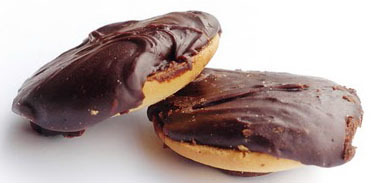Monday on the 200th anniversary of Abraham Lincoln’s birthday, Barack Obama will be inaugurated for his second four year term as President of the United States. And while the seriousness of the occasion should not be overlooked, there will be seemingly endless parties both in the Capital and throughout the U.S. celebrating democratic government by popular vote.
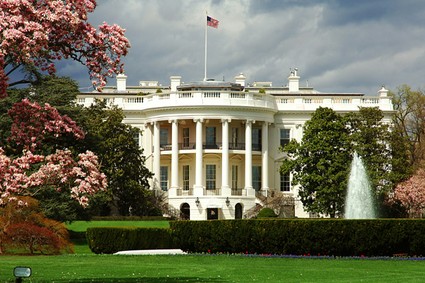
And what better way could there be to celebrate the continuation of America’s freedom than to serve a viewing buffet of desserts enjoyed by the many and varied men who have lived in the White House?
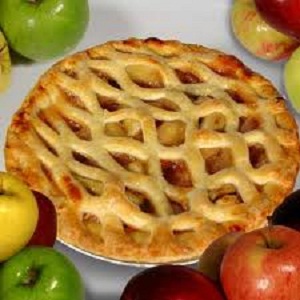 George Washington – The first president of the United States was a practical man who enjoyed both dining with others and an English culinary heritage as many Americans did at that time. Yet he appreciated the bounty of the harvest that America could offer and saw that it appeared often in its many forms on the table at his Mount Vernon estate. And that included, yes, fresh apple pies. As a result, apple pie became identified with Washington and patriotism. Even today we use the phrase, “As American as apple Pie”. (And no, Washington did NOT chop down a cherry tree as a child – that is only a myth created decades after his death).
George Washington – The first president of the United States was a practical man who enjoyed both dining with others and an English culinary heritage as many Americans did at that time. Yet he appreciated the bounty of the harvest that America could offer and saw that it appeared often in its many forms on the table at his Mount Vernon estate. And that included, yes, fresh apple pies. As a result, apple pie became identified with Washington and patriotism. Even today we use the phrase, “As American as apple Pie”. (And no, Washington did NOT chop down a cherry tree as a child – that is only a myth created decades after his death).
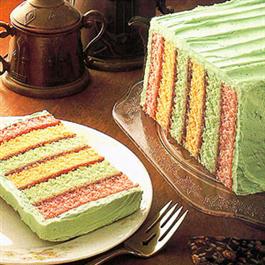 James Madison – While President Madison was busy dealing with foreign powers and national boundaries, his amazing wife Dolly was equally busy smoothing the political waters of Washington and establishing the unique role of the First Lady. Raised a demure Quaker, she became a skilled hostess of tea and charm. And like many a famous hostess, she used food to ease her diverse guests into conversation and an understanding of each other. Perhaps her most lasting culinary contribution is the Dolly Madison Layer Cake, which lifted the dense colonial cakes of English heritage by adding whipped egg whites. This technique is still used today. Thank you Dolly. (And thank you as well for saving George Washington’s great portrait when the British burned the White House in 1814).
James Madison – While President Madison was busy dealing with foreign powers and national boundaries, his amazing wife Dolly was equally busy smoothing the political waters of Washington and establishing the unique role of the First Lady. Raised a demure Quaker, she became a skilled hostess of tea and charm. And like many a famous hostess, she used food to ease her diverse guests into conversation and an understanding of each other. Perhaps her most lasting culinary contribution is the Dolly Madison Layer Cake, which lifted the dense colonial cakes of English heritage by adding whipped egg whites. This technique is still used today. Thank you Dolly. (And thank you as well for saving George Washington’s great portrait when the British burned the White House in 1814).
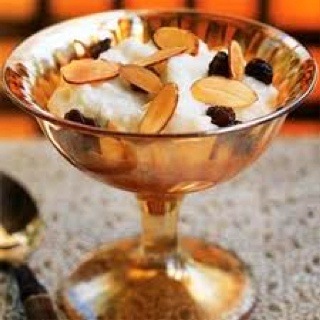 Andrew Jackson – Jackson is considered by many historians as the first president not estate-born or lawyer-trained. Trained as a solider, he was used to command and compliance.
Andrew Jackson – Jackson is considered by many historians as the first president not estate-born or lawyer-trained. Trained as a solider, he was used to command and compliance.
He was from the new frontier beyond the original east coast colonies. He was strong, direct and sometimes rude, fully American with a distrust of all ways European, especially the English whom he hated. He believed in a strong sense of personal destiny for himself and for his beloved nation.
He ate plain and defended, when he could, the right of women to choose their own life path. His favorite dish was rice pudding.
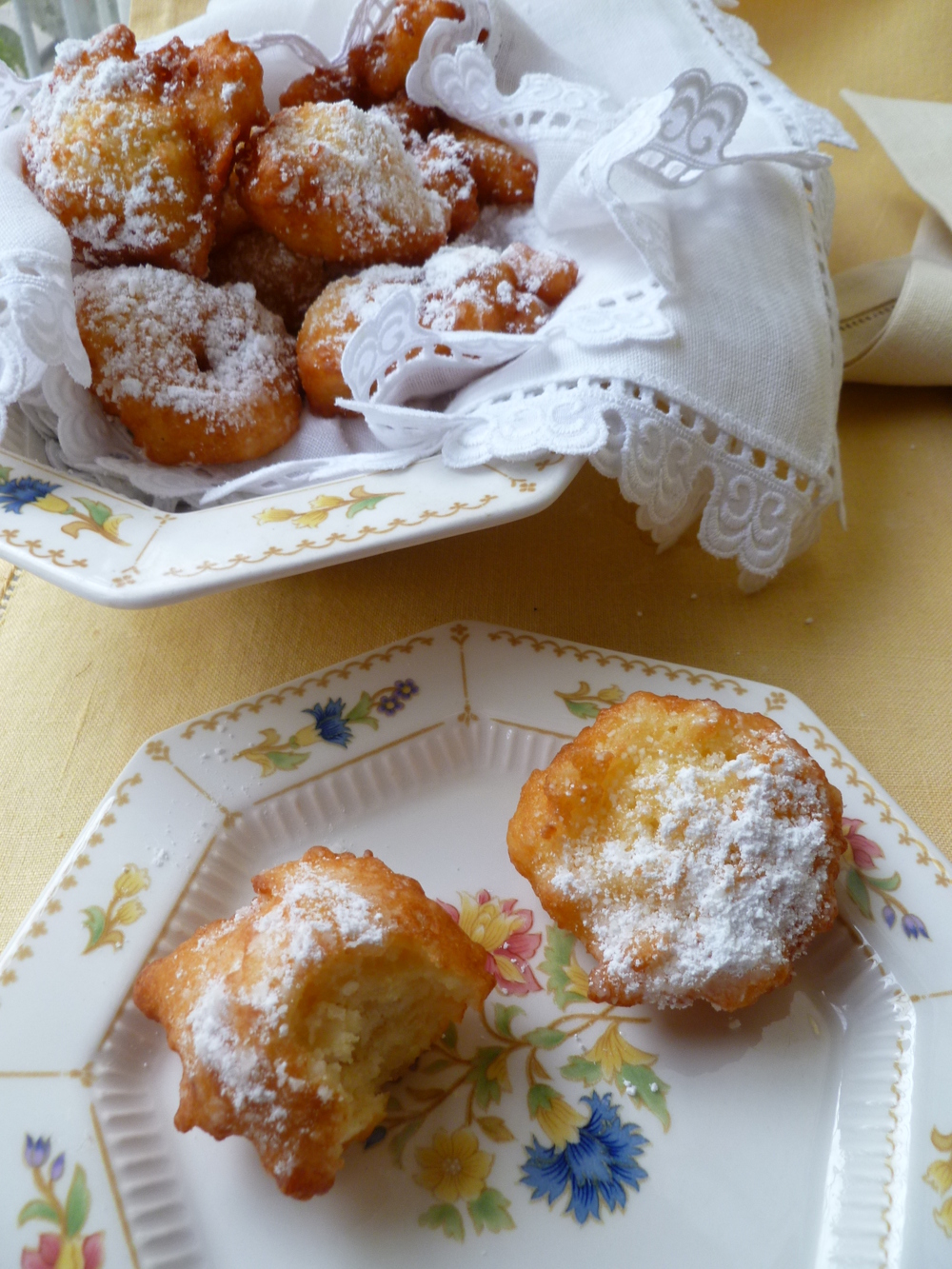 Zachery Taylor – Born in Virginia and later stationed in New Orleans as a young solider, his southern roots were deep and included both owning a large number of slaves and a love of Creole cooking.
Zachery Taylor – Born in Virginia and later stationed in New Orleans as a young solider, his southern roots were deep and included both owning a large number of slaves and a love of Creole cooking.
One of his favorite dishes was, that special pastry of New Orleans, the Calas, fired early each morning by black street vendors as a treat for many a southern gentleman to enjoy with dark coffee before returning home after a long night of cards and roulette to a weary waiting wife.
Yet no matter how angry his spouse might be, it could not possibly equal the conflict and anger regarding both the question of slavery and how to adjust the imbalance of power between the States that was then tearing the nation apart. No one doubted that dark days were ahead as young men drilled on southern greens and U.S. Congressmen came to blows on the floor of the Senate.
Abraham Lincoln – When Lincoln was elected, many consider it would result in the collapse of the nation and the end of style and elegance in Washington DC. True to their threat, South Carolina left the Union, followed by other southern states until finally, Virginia, that birthplace of presidents, left as well.
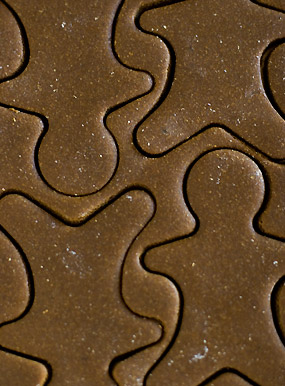 The result was civil war – the worst of wars as a nation devours itself in hate and anger. Things at the White House were equally confused. The President’s wife, Mary Todd Lincoln, was a southern who supposed the North. In a time of death and trauma, she sought to entertain in a grand manner to support her husband and to demonstrate her loyalty to the Union. Her balls and levees did neither. She was seen as insensitive to the suffering of the nation. Lincoln himself was a brilliant man of far simpler tastes. He cared little for food causing his doctors to be concerned over his long hours and ignored meals. Yet he remember enjoying a rare gingerbread man his mother baked for him, only to decide to give to another child who had never tasted the sweet treat. His tragic assassination stopped the heart of the Nation.
The result was civil war – the worst of wars as a nation devours itself in hate and anger. Things at the White House were equally confused. The President’s wife, Mary Todd Lincoln, was a southern who supposed the North. In a time of death and trauma, she sought to entertain in a grand manner to support her husband and to demonstrate her loyalty to the Union. Her balls and levees did neither. She was seen as insensitive to the suffering of the nation. Lincoln himself was a brilliant man of far simpler tastes. He cared little for food causing his doctors to be concerned over his long hours and ignored meals. Yet he remember enjoying a rare gingerbread man his mother baked for him, only to decide to give to another child who had never tasted the sweet treat. His tragic assassination stopped the heart of the Nation.
Theodore Roosevelt – While at first glance Roosevelt would seem just another member of the East Coast elite, he was actually so much more than just another rich boy made good as president. Weak as a child, he forced himself to exercise and became an athlete.
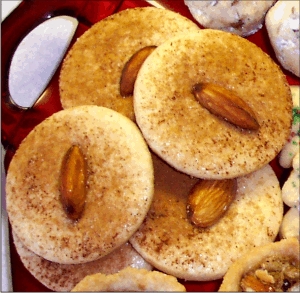 When his beloved first wife and adored mother died on the same day, he left the East Coast, bought a ranch and became a cowboy (in Brooks Brothers designed chaps). He returned East, was elected New York City Police Commissioner, fought crime and married a childhood girlfriend he had once rejected. Later as president he established the National Park System and won the Nobel Peace Prize. He hunted and forced diplomats to jog with him if they wished to discuss international relationships. Yet he love cookies. Indeed, they were an addiction his wife rationed for him less his weight in later life balloon to that of a Diamond Jim Brady. His favorite cookie was a sand tart, especially in large quality if his wife wasn’t looking.
When his beloved first wife and adored mother died on the same day, he left the East Coast, bought a ranch and became a cowboy (in Brooks Brothers designed chaps). He returned East, was elected New York City Police Commissioner, fought crime and married a childhood girlfriend he had once rejected. Later as president he established the National Park System and won the Nobel Peace Prize. He hunted and forced diplomats to jog with him if they wished to discuss international relationships. Yet he love cookies. Indeed, they were an addiction his wife rationed for him less his weight in later life balloon to that of a Diamond Jim Brady. His favorite cookie was a sand tart, especially in large quality if his wife wasn’t looking.
Woodrow Wilson - There are times when a President, for the benefit of the nation, must move with the times and adjust to the tides of change.
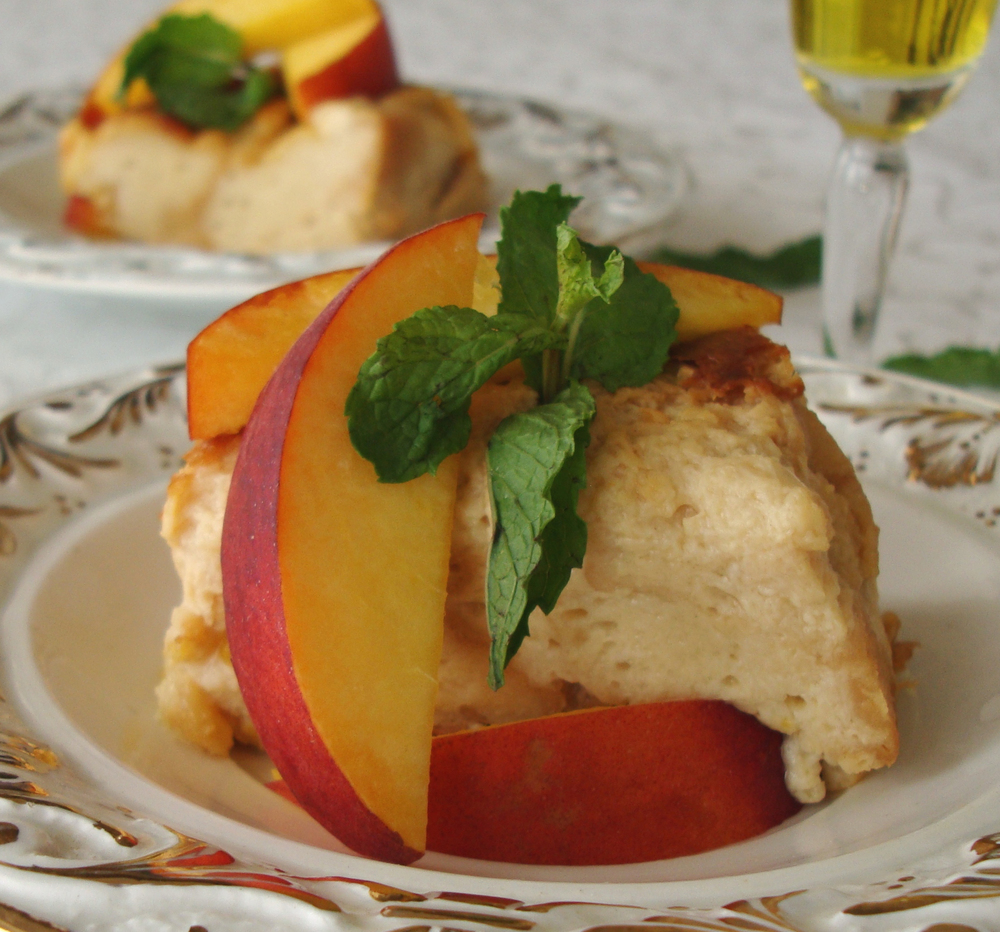 Woodrow Wilson was one such President, often caught in the swirling currents of the changing 21st century. Once a supporter of strict states’ rights, he would later exhaust himself auguring for the League of Nations (the forerunner of the United Nations). Initially an isolationist, he would lead America into her first truly international war. Like Lincoln, the office weighed heavy on his shoulders and often he simply did not eat. When he did, a dessert that recalled his earlier easier days as President of Princeton University was his favorite treat – Georgia Kiss Bread Pudding. Then his devoted wife, Edith Bolling Galt who was rumored to be running the government while he removed from a major stroke late in his presidency, could breathe easy. He finally ate something!
Woodrow Wilson was one such President, often caught in the swirling currents of the changing 21st century. Once a supporter of strict states’ rights, he would later exhaust himself auguring for the League of Nations (the forerunner of the United Nations). Initially an isolationist, he would lead America into her first truly international war. Like Lincoln, the office weighed heavy on his shoulders and often he simply did not eat. When he did, a dessert that recalled his earlier easier days as President of Princeton University was his favorite treat – Georgia Kiss Bread Pudding. Then his devoted wife, Edith Bolling Galt who was rumored to be running the government while he removed from a major stroke late in his presidency, could breathe easy. He finally ate something!
Franklin Roosevelt – Every once in a while there is an individual who becomes president who seems ideally suited to the job. Franklin Roosevelt was one such person.
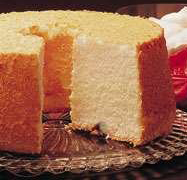 In fact, he model his life on that of his outgoing uncle, President Theodore Roosevelt (to the horror of his mother who told Franklin repeatedly that politics was not a proper profession for a wealthy man educated at Harvard). Like his beloved Uncle Teddy, he loved sports, only to be struck by polio and left unable to stand without braces in the prime of his life. Still he led America out of the Great Depression and through World War II in both Europe and Asia. Yet like, Lincoln and Wilson, he was a light eater. He did enjoyed an Angel Food Cake as a regular birthday cake (and was so secure and confident he even served everyday hot dogs to the visiting King and Queen of England).
In fact, he model his life on that of his outgoing uncle, President Theodore Roosevelt (to the horror of his mother who told Franklin repeatedly that politics was not a proper profession for a wealthy man educated at Harvard). Like his beloved Uncle Teddy, he loved sports, only to be struck by polio and left unable to stand without braces in the prime of his life. Still he led America out of the Great Depression and through World War II in both Europe and Asia. Yet like, Lincoln and Wilson, he was a light eater. He did enjoyed an Angel Food Cake as a regular birthday cake (and was so secure and confident he even served everyday hot dogs to the visiting King and Queen of England).
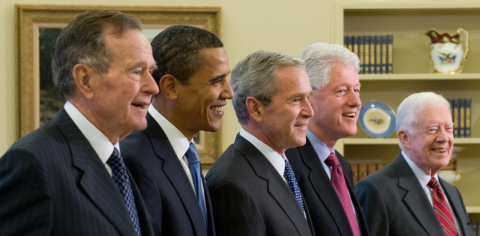
Later Presidents - In the decades that followed other men, Richard Nixon, Ronald Reagan, George Bush Senior and Junior, Jimmy Carter and Bill Clinton would sit in the Oval Office, snacking on everything from chocolate chip cookies (Nixon) to jelly beans (Reagan), peanuts (Carter) to doughnuts (Clinton). The man taking the oath of office on Monday is known by staffers to enjoy chocolate covered caramels dusted with smoked salt, made right here in fair Seattle by Fran’s Chocolates.
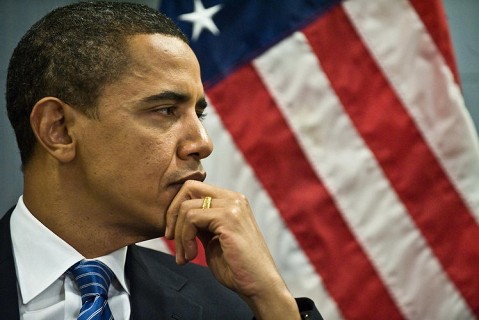
How presidential tastes have changed through the years yet the hopes of the Nation are the same as when Washington dined with honored friends by candle light – to live in peace with a bright and inclusive future spread out before us like a mighty feast of understanding, respect and mutual courage.
Your Culinary World copyright Ana Kinkaid/Peter Schlagel 2013

 To find the makers of this amazing cake crafted from seven plus wafer thin layers, all individually baked, you have to travel (and only by ferry) to a tiny island, of the same name as the cake, located in cold waters of Chesapeake Bay.
To find the makers of this amazing cake crafted from seven plus wafer thin layers, all individually baked, you have to travel (and only by ferry) to a tiny island, of the same name as the cake, located in cold waters of Chesapeake Bay.

 The effect these brave kitchen cooks created was stunning. Today it is part of culinary history AND a major tourism attraction for the Island as hundreds come to savor both the present day beauty of the Island and its legendary tall cakes.
The effect these brave kitchen cooks created was stunning. Today it is part of culinary history AND a major tourism attraction for the Island as hundreds come to savor both the present day beauty of the Island and its legendary tall cakes.
